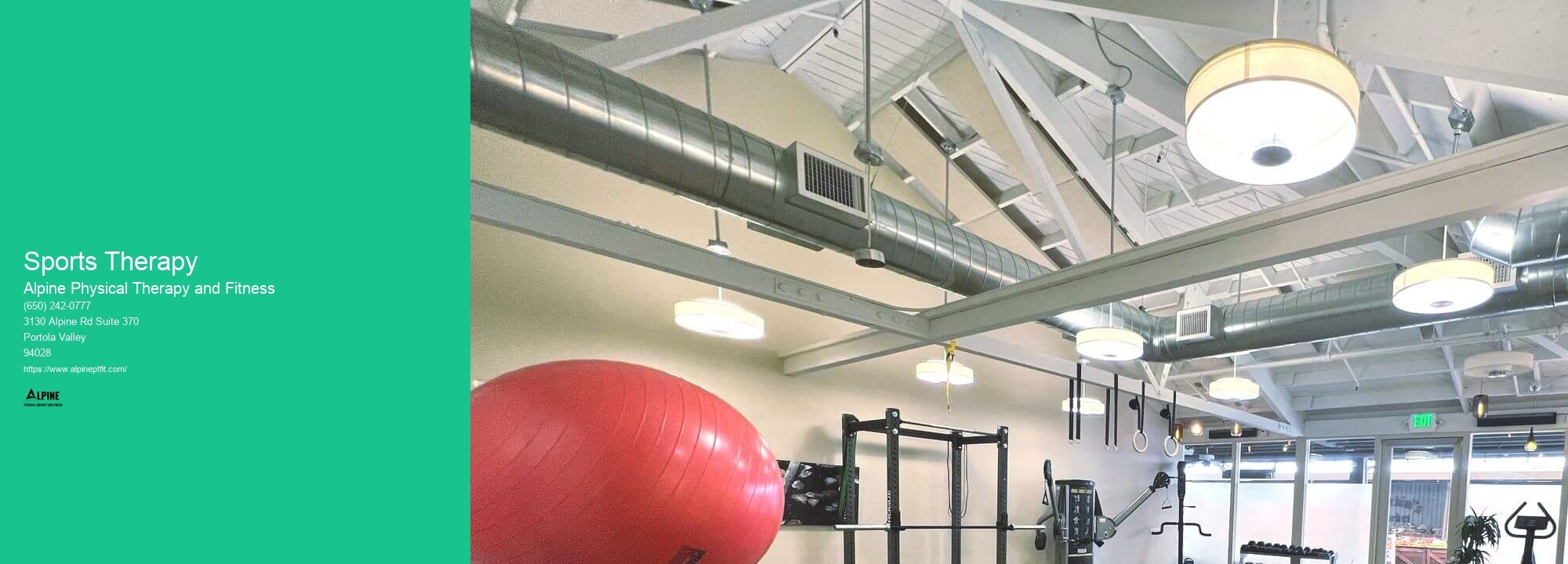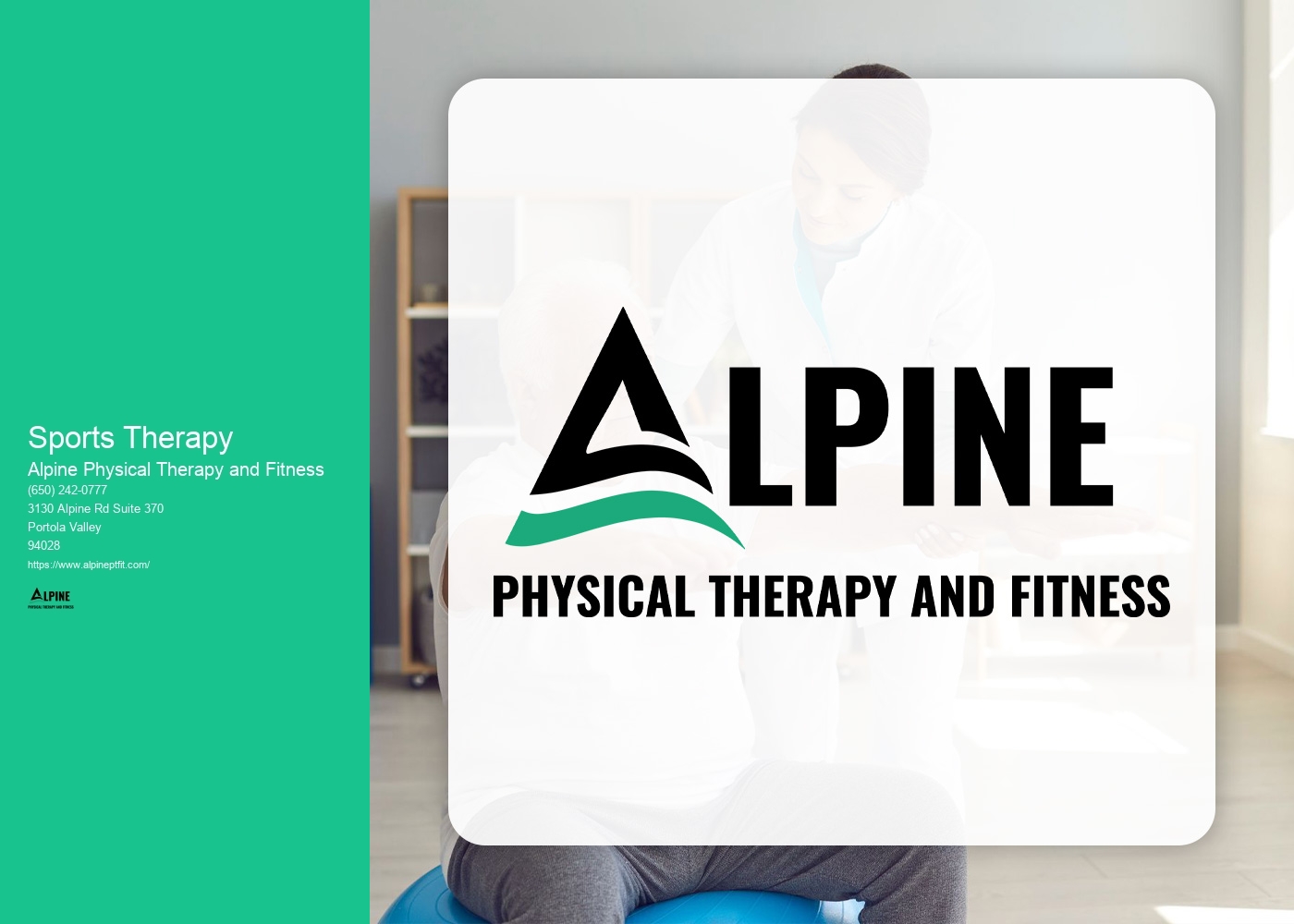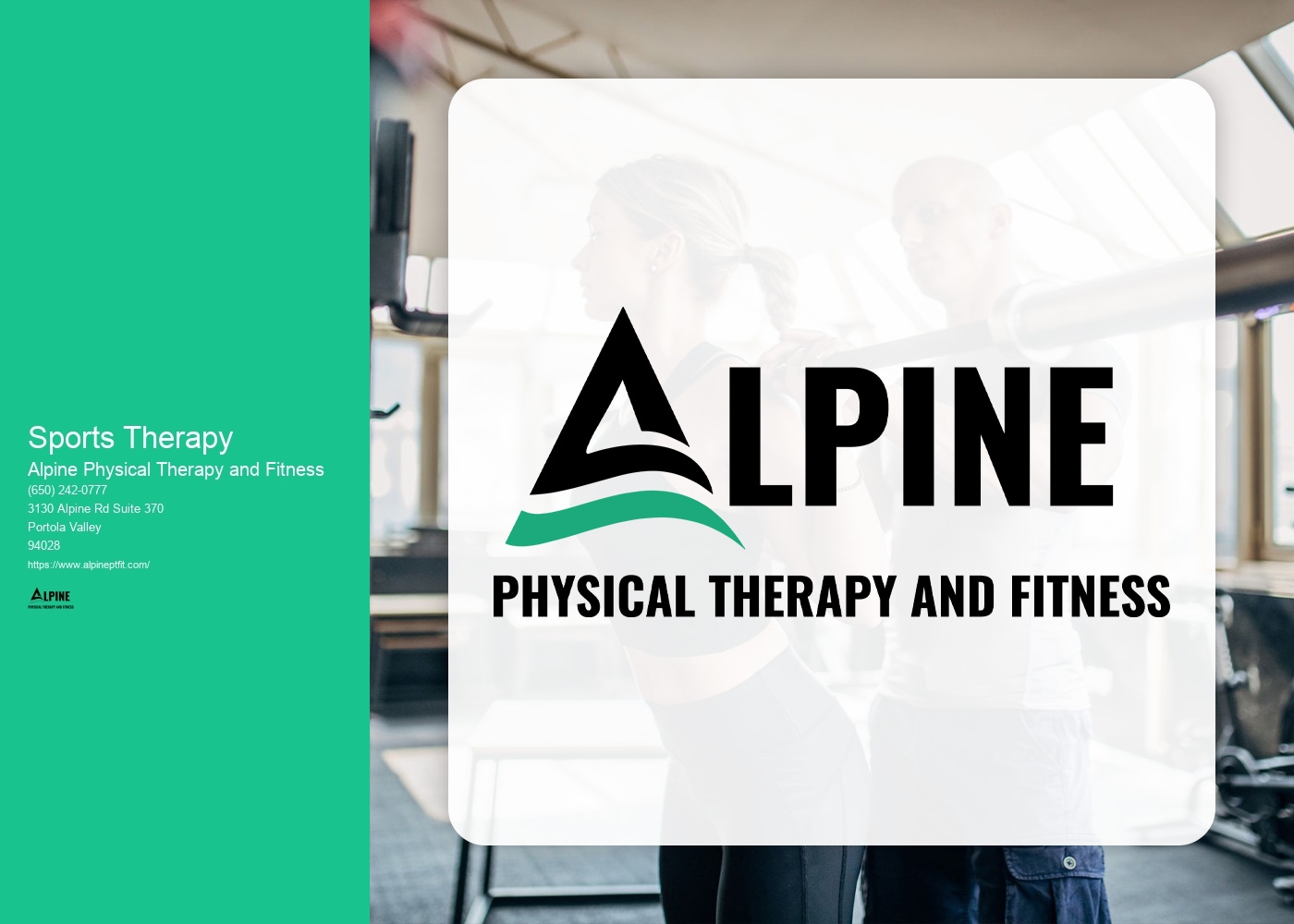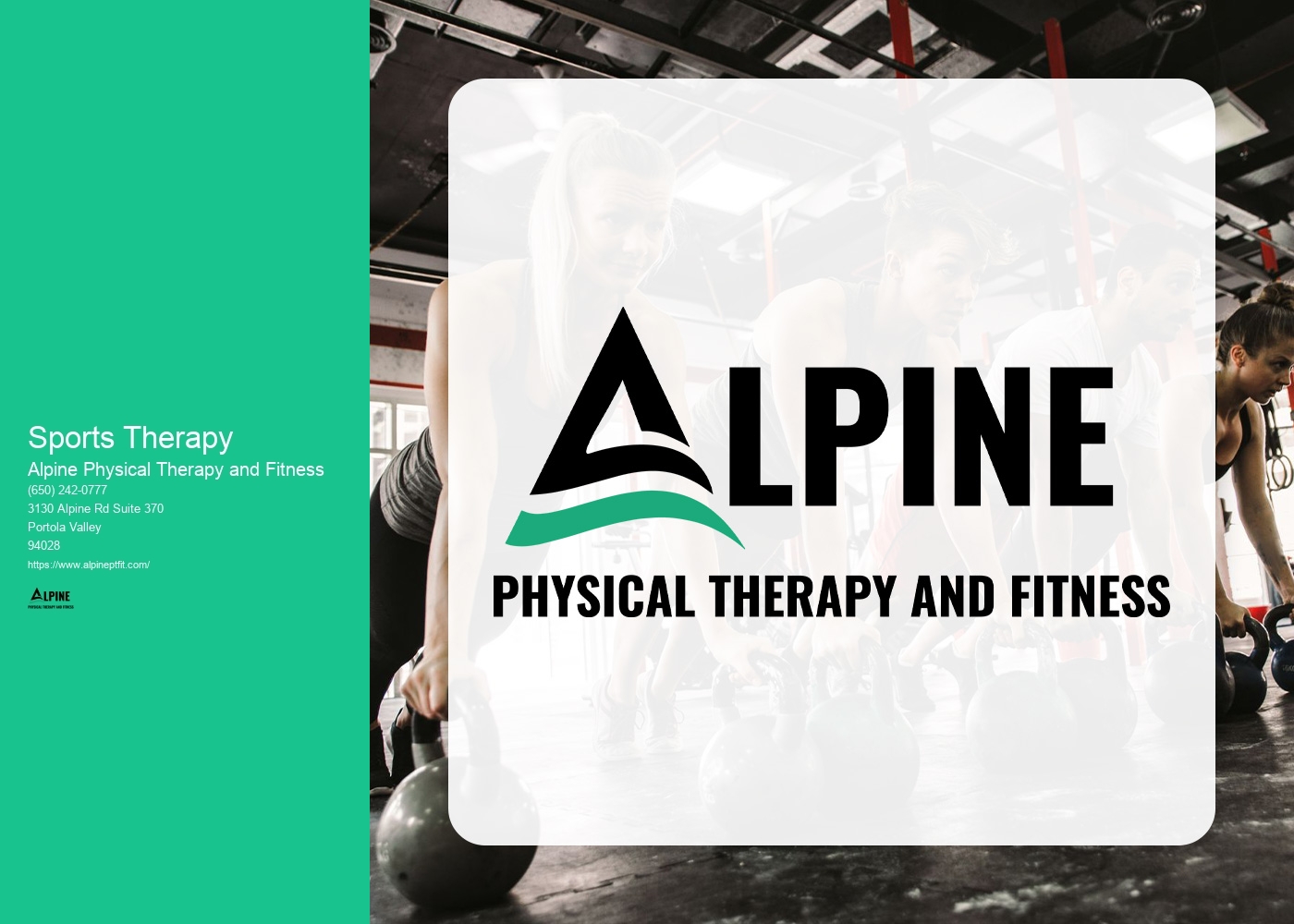

Sports therapy is a specialized form of therapy that focuses on the treatment and prevention of injuries related to sports and physical activity. It differs from other forms of therapy, such as physical therapy or occupational therapy, in that it specifically targets the unique needs and demands of athletes and active individuals. Sports therapy takes into account the specific movements and stresses placed on the body during sports and physical activity, and tailors treatment plans accordingly.
Common injuries that sports therapy can help with include sprains, strains, muscle tears, tendonitis, and joint dislocations. These injuries are often caused by overuse, improper technique, or trauma during sports or physical activity. Sports therapists are trained to assess and diagnose these injuries, and then develop individualized treatment plans to promote healing and restore function. They may use a combination of manual therapy techniques, exercise prescription, and modalities such as ultrasound or electrical stimulation to aid in the recovery process.
Sports therapy plays a crucial role in the rehabilitation process by helping athletes and active individuals regain strength, flexibility, and function after an injury. Sports therapists work closely with their clients to develop personalized rehabilitation programs that address their specific needs and goals. These programs may include exercises to improve strength and range of motion, as well as techniques to enhance balance, coordination, and proprioception. By providing guidance and support throughout the rehabilitation process, sports therapy helps individuals return to their sport or activity safely and effectively.

While sports therapy is primarily focused on the treatment and rehabilitation of injuries, it can also be used as a preventive measure to avoid future injuries. Sports therapists are trained to assess movement patterns, identify areas of weakness or imbalance, and develop strategies to address these issues. They may provide guidance on proper technique, prescribe exercises to improve strength and flexibility, and offer advice on injury prevention strategies such as warm-up and cool-down routines. By addressing potential risk factors and promoting optimal movement patterns, sports therapy can help individuals reduce their risk of injury and enhance their overall performance.
Sports therapy utilizes a variety of techniques and modalities to address the specific needs of athletes and active individuals. These may include manual therapy techniques such as joint mobilizations, soft tissue mobilization, and myofascial release. Sports therapists may also use modalities such as ultrasound, electrical stimulation, or cryotherapy to reduce pain and inflammation, promote tissue healing, and enhance recovery. Additionally, they may incorporate therapeutic exercises, stretching, and functional training into treatment plans to improve strength, flexibility, and overall performance.

The duration of a typical sports therapy session can vary depending on the individual's needs and the complexity of their injury. Generally, sessions can range from 30 minutes to an hour. During this time, the sports therapist will assess the individual's condition, provide hands-on treatment, guide them through therapeutic exercises, and offer education and advice on injury prevention and self-care strategies. The frequency and duration of sessions will be determined based on the individual's specific needs and goals.
Sports therapy is suitable for individuals of all ages and fitness levels. Whether you are a professional athlete, a weekend warrior, or someone who simply enjoys being active, sports therapy can benefit you. Sports therapists are trained to work with individuals of all abilities and tailor treatment plans to meet their specific needs. They understand the unique demands of different sports and activities and can provide guidance and support to help individuals optimize their performance and prevent injuries.

Physical therapy can play a crucial role in addressing chest pain in patients with angina. Through a comprehensive approach, physical therapists aim to improve cardiovascular health, reduce symptoms, and enhance overall quality of life. They may employ various techniques such as aerobic exercise, strength training, and flexibility exercises to improve heart function, increase blood flow, and reduce the workload on the heart. Additionally, physical therapists may provide education on proper breathing techniques, stress management, and lifestyle modifications to help manage angina symptoms. By tailoring treatment plans to individual needs, physical therapy can effectively alleviate chest pain and improve the overall well-being of patients with angina.
Physical therapy plays a crucial role in managing intervertebral disc herniation. Through a combination of targeted exercises, manual therapy techniques, and patient education, physical therapists aim to alleviate pain, improve mobility, and enhance overall function. Specific exercises may include core strengthening, stretching, and postural correction, which help to stabilize the spine and reduce pressure on the affected disc. Manual therapy techniques, such as spinal mobilization and traction, can also be employed to relieve pain and restore proper alignment. Additionally, physical therapists provide education on proper body mechanics and ergonomics to prevent further injury and promote long-term spinal health. By addressing the underlying causes and symptoms of intervertebral disc herniation, physical therapy can significantly contribute to the management and recovery of this condition.
Cardiac rehabilitation is a comprehensive program designed to help heart patients recover and improve their overall cardiovascular health. It involves a combination of exercise training, education, and counseling to address the physical, emotional, and lifestyle aspects of heart disease. The program is typically tailored to the individual's specific needs and may include aerobic exercises, strength training, and flexibility exercises. Additionally, patients receive education on heart-healthy nutrition, stress management, and medication management. The benefits of cardiac rehabilitation are numerous. It helps improve cardiovascular fitness, reduces the risk of future heart problems, and enhances overall quality of life. It also helps patients manage their symptoms, such as chest pain and shortness of breath, and reduces the need for hospitalization. Furthermore, cardiac rehabilitation provides emotional support and helps patients cope with the psychological impact of heart disease. Overall, it plays a crucial role in the recovery and long-term management of heart patients, promoting a healthier and more active lifestyle.
Individuals with vulvodynia may benefit from a combination of exercises that focus on pelvic floor muscle relaxation, stretching, and strengthening. Pelvic floor relaxation exercises, such as diaphragmatic breathing and progressive muscle relaxation, can help reduce muscle tension and improve blood flow to the pelvic region. Stretching exercises, such as gentle yoga poses or pelvic floor stretches, can help increase flexibility and relieve tightness in the pelvic floor muscles. Strengthening exercises, such as Kegels or pelvic floor muscle contractions, can help improve muscle tone and support the pelvic organs. It is important for individuals with vulvodynia to consult with a healthcare professional or pelvic floor physical therapist to develop a personalized exercise plan that takes into account their specific symptoms and needs.